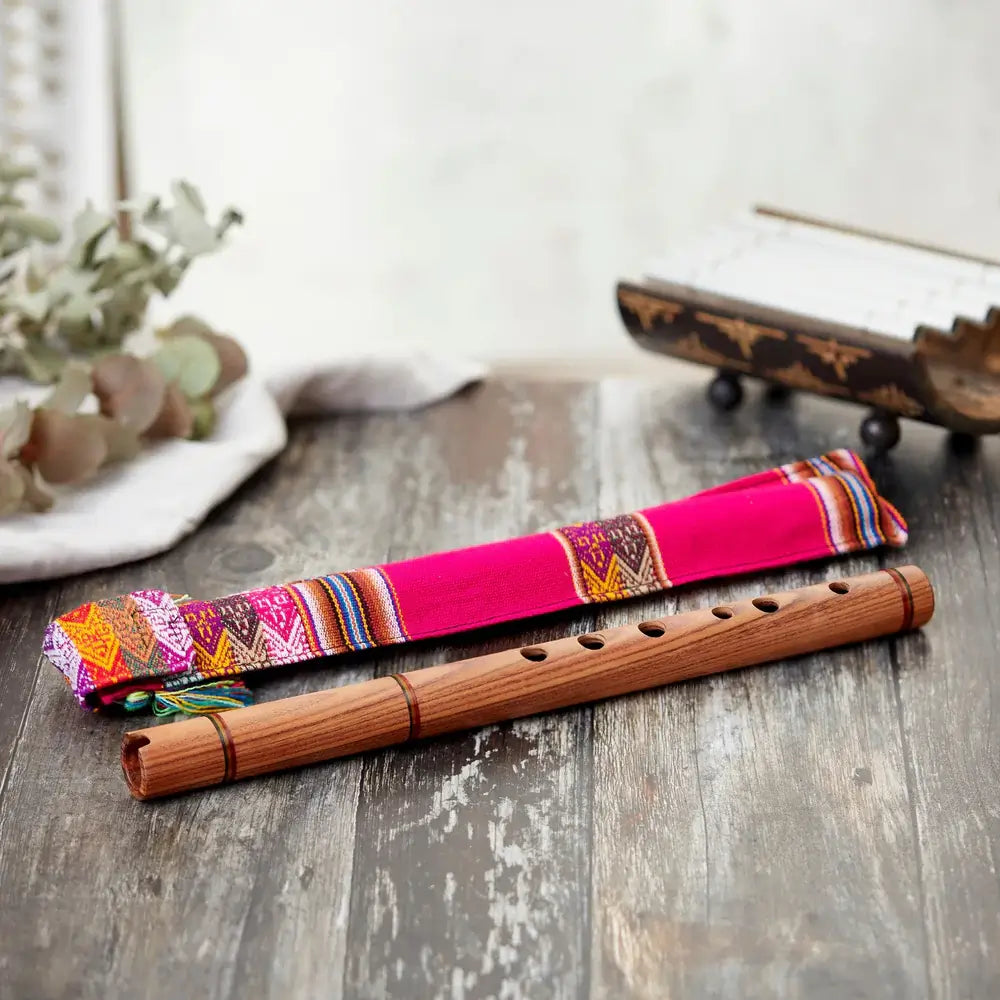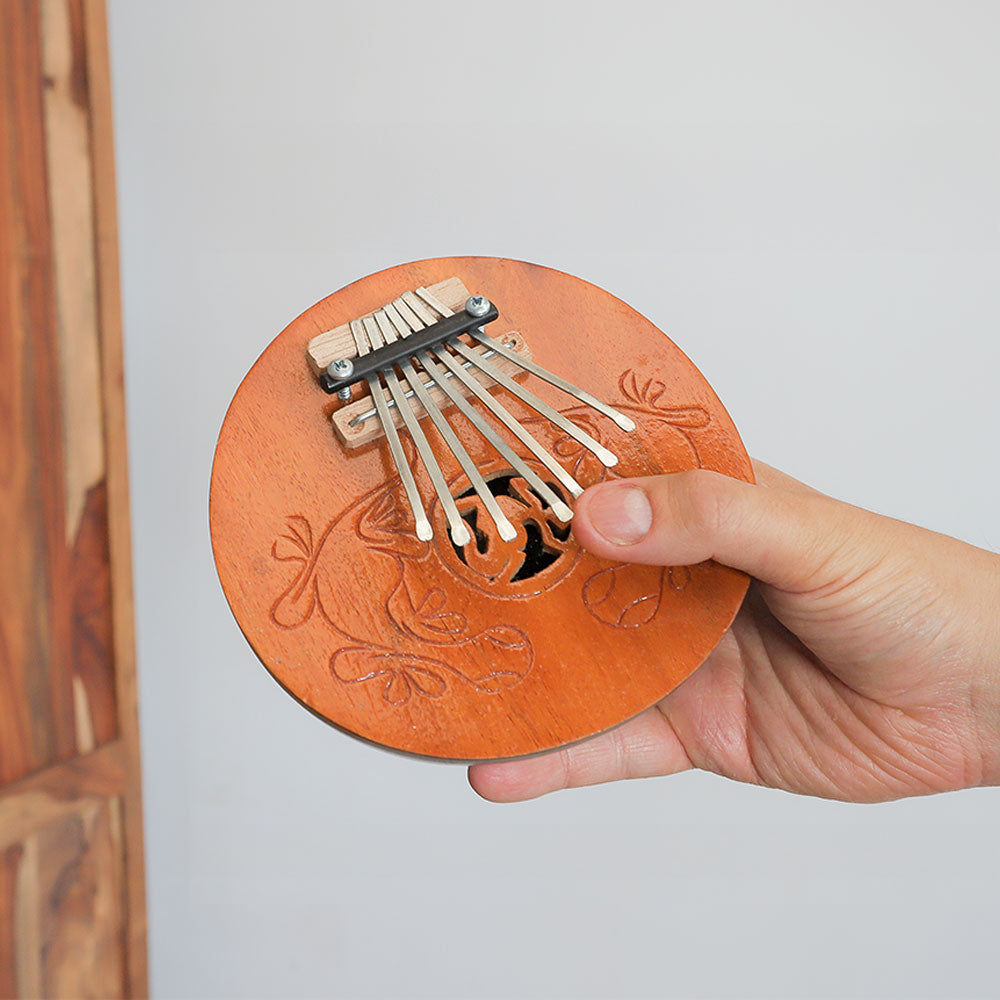Sound therapy is the use of sound and vibration to improve mental, emotional, and physical well-being. It’s a growing holistic field that blends ancient healing practices with modern science. From tuning forks to crystal bowls, sound therapists use frequencies and rhythm to help reduce stress, balance energy, and restore harmony in the body and mind. Here’s what sound therapy is, how it works, and how you can become a qualified practitioner.
What Is a Sound Therapist?
A sound therapist uses instruments, voice, and specific sound frequencies to promote healing and relaxation. The idea is that every cell in the body vibrates at its own frequency, and when those vibrations fall out of balance—due to stress, illness, or trauma—sound can help restore alignment. Practitioners may work in wellness centers, private clinics, hospitals, schools, or rehabilitation programs.
How Sound Therapy Works
Sound therapy is based on vibrational resonance—the concept that sound waves can influence the body’s natural frequency. Instruments like gongs, singing bowls, and tuning forks produce vibrations that interact with brainwaves, slowing them from an active beta state (alertness) to alpha or theta (relaxation and meditation). This state encourages deep calm, emotional release, and improved focus. Sessions often include guided breathing, meditation, and listening exercises to deepen the effect.
Benefits and Effects of Sound Therapy
Sound therapy offers a wide range of benefits, helping to reduce stress, ease anxiety, and promote deeper sleep through rhythmic tones that calm the nervous system. Low-frequency sounds encourage relaxation, while specific frequencies improve focus, mood, and emotional balance.
Techniques like sound masking can ease tinnitus, and gentle sessions have shown positive effects for those with autism or ADHD by supporting sensory regulation and calm. Though research is still growing, many people report lower heart rates, steadier breathing, and a profound sense of release after regular sound therapy sessions.
The History of Sound Therapy
Sound healing dates back thousands of years. Ancient Egyptians used vocal toning in temples, while Tibetan monks developed singing bowls for meditation. Indigenous cultures used drums and chants in rituals for grounding and energy balance. Modern sound therapy combines these traditions with neuroscience, showing how vibration affects the brain, heart rate, and emotional centers.
Education and How to Become a Sound Therapist
Becoming a sound therapist doesn’t require a medical degree, but formal training is essential. Start with a sound therapy certification or music therapy degree—available in-person or online through accredited schools like the British Academy of Sound Therapy (BAST), The College of Sound Healing, or university-level holistic programs.
Courses typically cover anatomy, neuroscience, and sound frequencies, combined with supervised practice and case studies. Once certified, you can work privately, join wellness centers, or combine sound therapy with yoga or counseling. At its core, sound therapy blends science and spirituality—helping people manage anxiety, tinnitus, and insomnia through the art of listening and vibration.
Common Instruments and Equipment Used

Sound therapists use a variety of instruments to create healing vibrations, from singing bowls and tuning forks tuned to 432 Hz or 528 Hz, to gongs, drums, and chimes that promote grounding and deep relaxation. Some incorporate binaural beats, sound therapy devices, or even their own voice through toning and mantra chanting. Each tool is carefully chosen to target specific frequencies that support emotional and physical balance. Ready to explore the world of sound healing yourself?
Explore our collection of musical instruments.






